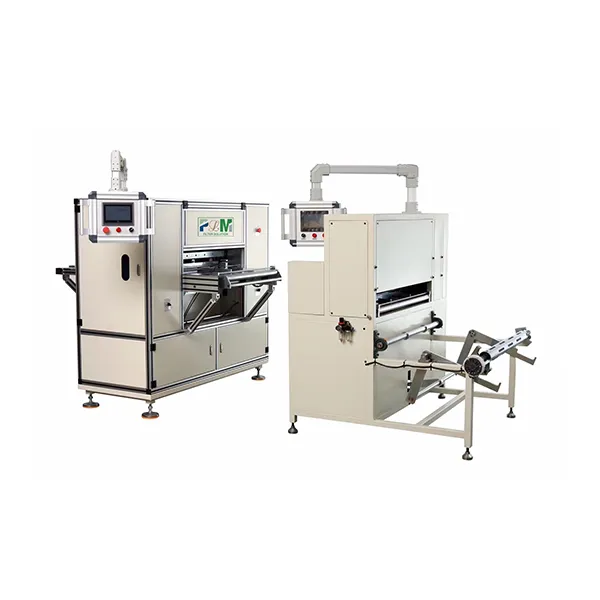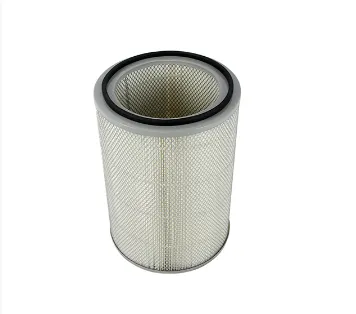May . 11, 2025 11:27 Back to list
Efficient Screw Press Dewatering Devices Reliable Sludge Solutions
- Overview of Screw Press Dewatering Technology
- Key Technical Advantages and Performance Metrics
- Leading Manufacturers in the Screw Press Dewatering Industry
- Custom Solutions for Industrial Applications
- Case Studies: Real-World Implementation Results
- Maintenance and Operational Best Practices
- Future Trends in Screw Press Dewatering Devices

(screw press dewatering device)
Understanding the Mechanics of Screw Press Dewatering Devices
Screw press dewatering devices utilize axial rotation to separate liquids from solids across industries like wastewater treatment, agriculture, and food processing. These machines apply controlled mechanical pressure through a tapered screw shaft, achieving moisture reduction rates between 65% and 85% depending on material viscosity. Modern units integrate automation for real-time pressure adjustment, reducing manual intervention by 40% compared to belt filter presses.
Technical Superiority in Design and Efficiency
Advanced models feature dual-speed motors (3-15 RPM) and corrosion-resistant stainless steel components (Grade 304/316), extending operational lifespan by 25-30%. Energy consumption averages 5-7 kW per ton of processed material, significantly lower than centrifugal alternatives. Key metrics include:
- Throughput capacity: 0.5–50 m³/h
- Dry solids content output: 18–35%
- Noise levels: <75 dB at 1-meter distance
Competitive Analysis of Industry Providers
| Manufacturer | Max Capacity (m³/h) | Power Consumption (kW) | Material Grade | Warranty |
|---|---|---|---|---|
| Company A | 45 | 6.2 | 316L | 5 years |
| Company B | 38 | 7.1 | 304 | 3 years |
| Company C | 52 | 5.8 | Duplex | 7 years |
Tailored Configurations for Specific Needs
Modular designs allow customization of screw pitch (200–500 mm), screen aperture (0.5–2 mm), and drive systems (hydraulic/electric). For sludge treatment, polymer dosing systems can be integrated to boost solid capture rates to 92–95%. Food processors often opt for CIP (Clean-in-Place) compatibility, reducing downtime by 30% during product changeovers.
Documented Operational Success Stories
Municipal Wastewater Plant: A 20 m³/h system reduced sludge volume by 60%, cutting disposal costs by $18,000 annually. Biofuel Producer: Customized screen geometry increased oilseed cake dryness from 22% to 29%, improving combustion efficiency. Dairy Processor: CIP-enabled unit decreased cleaning time from 90 to 55 minutes per cycle.
Optimizing Equipment Longevity
Monthly maintenance should include screw flight inspections (wear limit: 2 mm reduction in blade height) and bearing lubrication (NLGI 2 grease). Operators must monitor hydraulic pressure (standard range: 8–12 bar) and screen blockage frequency – exceeding 3 incidents/week indicates required mesh replacement.
Innovation Pathways for Screw Press Dewatering Systems
Emerging IoT-enabled models now predict maintenance needs via vibration analysis (85% accuracy in trials). Material science advancements promise tungsten-carbide-coated screws that withstand abrasive materials 3× longer than current alloys. Industry forecasts predict 6.8% CAGR growth through 2030, driven by stricter environmental regulations on waste moisture content.

(screw press dewatering device)
FAQS on screw press dewatering device
Q: What industries commonly use screw press dewatering device products?
A: Screw press dewatering devices are widely used in wastewater treatment, food processing, and agricultural industries. They efficiently separate liquids from solids in sludge, biomass, or organic waste. These devices are ideal for applications requiring continuous dewatering.
Q: How does a screw press dewatering device work?
A: A screw press dewatering device uses a rotating screw to apply pressure and gradually reduce volume, forcing liquid out of materials. The process is energy-efficient and operates continuously. It ensures high dryness in the output solids while minimizing maintenance.
Q: What should I consider when selecting a screw press dewatering device company?
A: Prioritize companies with proven expertise in dewatering technology and industry-specific experience. Check certifications, customer reviews, and after-sales support. Customizable solutions and energy-efficient designs are also key factors.
Q: Why choose a specialized screw press dewatering device company over general manufacturers?
A: Specialized companies offer tailored solutions optimized for specific materials and operational needs. They provide deeper technical knowledge, faster troubleshooting, and better long-term performance guarantees. This ensures higher efficiency and cost savings.
Q: Can screw press dewatering devices handle high-volume processing?
A: Yes, many screw press dewatering device products are designed for high-capacity industrial applications. Their continuous operation and adjustable settings allow scalability. Companies often provide models suited for both small-scale and large-scale operations.
-
Active Carbon Air Filter for Air Purifier – Superior Odor & Allergen Removal
NewsJul.24,2025
-
High-Efficiency Active Carbon Air Filter for Air Purifier | Odor & Allergen Removal
NewsJul.23,2025
-
Active Carbon Air Filter for Air Purifier – High Efficiency Filtration Solution
NewsJul.22,2025
-
Durable Sintered Porous Metal Filter Tube Cup & Machines
NewsJul.22,2025
-
Effective Active Carbon Air Filter for Purifiers | Eliminate Odors
NewsJul.21,2025
-
PLJT-250-25 Full-auto Turntable Clipping Machine | Efficient Automation
NewsJul.20,2025
